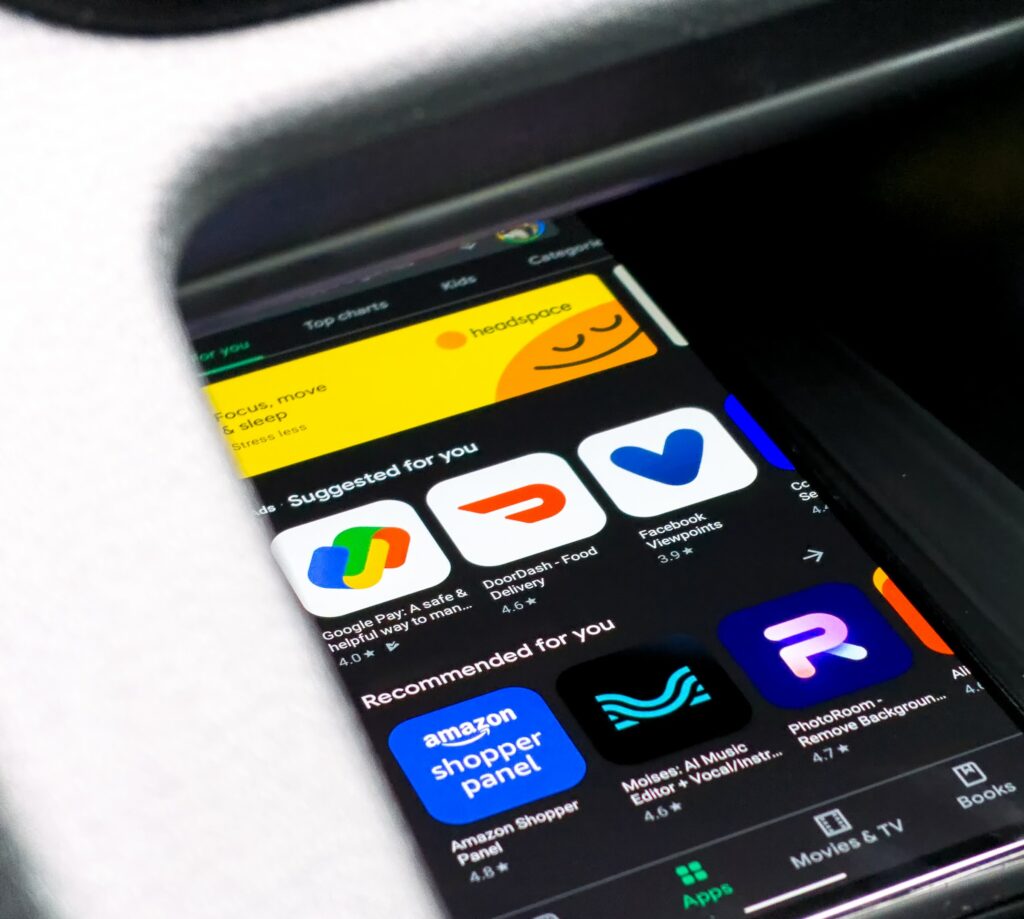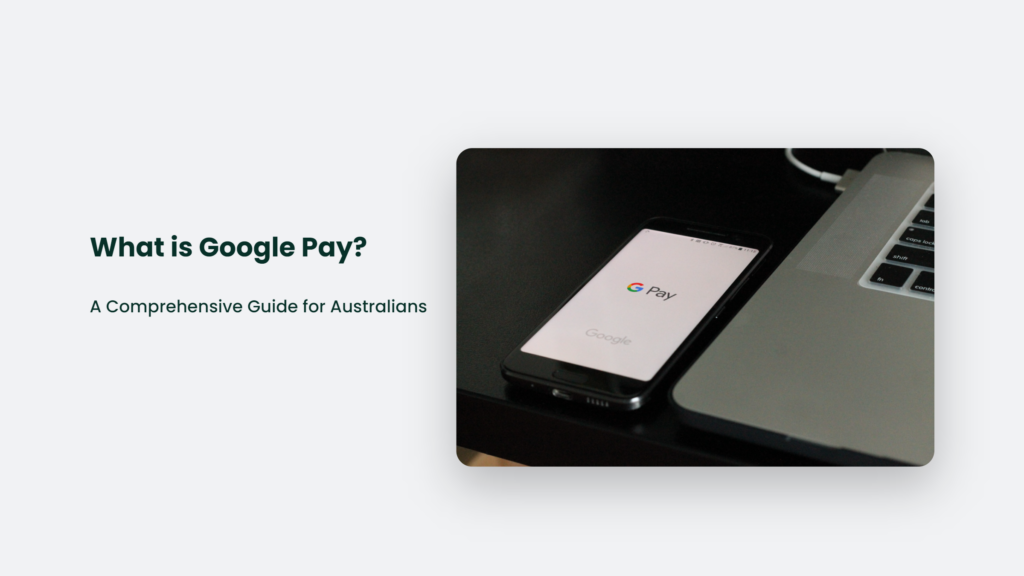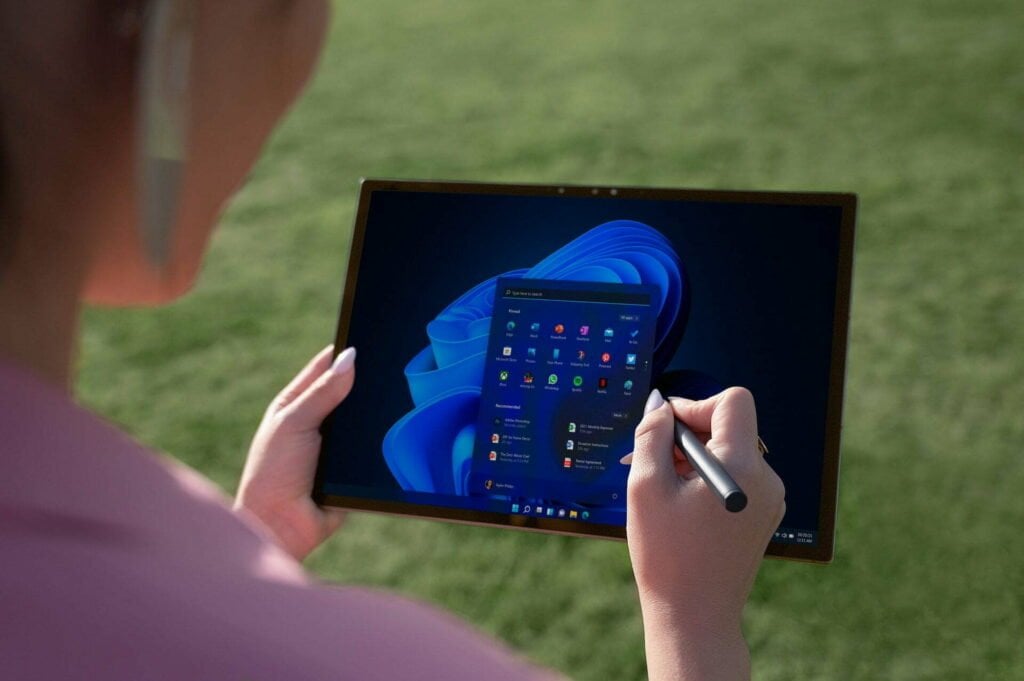

What is Google Pay? A Comprehensive Guide for Australians

As Seen On
Google Pay has become a popular payment method for millions of people worldwide, making transactions seamless and secure. But what exactly is Google Pay, and how does it work? In this article, we’ll dive deep into the world of Google Pay, exploring its features, benefits, and security measures, all tailored for an Australian audience.

What is Google Pay?
Google Pay is a mobile payment service developed by Google allowing users to make in-app, online, and in-person contactless purchases using their Android phones, tablets, or watches. It uses near-field communication (NFC) technology to transmit card information, facilitating funds transfer to retailers. Google Pay is currently available in 67 countries, including Australia.
Google Pay simplifies the payment process by securely storing debit and credit card information on your device. It means you no longer need to carry your physical cards with you, as your smartphone or smartwatch can handle the transactions. With the increasing adoption of digital wallets, Google Pay has become a leading contender in the mobile payment landscape.
Google Pay Features and Benefits
Convenience and Speed
Google Pay offers a fast and simple way to pay on sites, in apps, and stores using the cards saved to your Google Account. It eliminates the need to pull out your wallet and wait for your chip to be read, making transactions quicker and more convenient. With mobile payment adoption expected to reach 4.8 billion by 2025, the convenience of Google Pay is becoming increasingly important.
Security
When paying in shops, Google Pay doesn’t share your card number, keeping your information secure. The app also has a world-class security system that helps detect fraud and prevents hacking. Google Pay requires authentication via a PIN, passcode, or biometrics such as fingerprint recognition or facial scanning.
Google Pay employs platform and custom security controls to protect the confidentiality of Limited Use Keys (LUK) and tokenized PAN (Primary Account Number) data. It ensures that your sensitive information is safeguarded during transactions.
Rewards and Offers
Apart from the convenience of use, Google Pay also rewards users for making transactions. Users can earn rewards for eligible transactions and referrals and find offers from their favorite merchants. It adds an extra incentive for users to adopt Google Pay as their preferred payment method.
Wide Compatibility
Google Pay works with hundreds of banks and payment providers in Australia. It is compatible with Android devices running Android 7 or later, as well as Wear OS 2 or later and Fitbit OS on Versa 4 or Sense 2. This wide compatibility ensures that many users can access and benefit from Google Pay’s features.
Google Pay Security Measures
Google Pay takes several measures to ensure the safety and security of its users:
- Encryption: Google Pay encrypts your data, keeping your payment information safe in transit.
- Authentication: The app requires authentication to open or make payments, ensuring only you can access your information.
- Fraud Alerts: Google Pay uses machine learning to identify phishing and other fraud risks when sending and receiving money.
- Privacy Controls: Users can choose whether to share their Google Pay information with participating sites and apps.
These security measures help protect users from potential fraud and unauthorized access to their financial information.
Google Pay in Australia
Google Pay has gained significant popularity in Australia, with many businesses and individuals adopting it as a convenient and secure payment method. Australians can use Google Pay for contactless payments, online purchases, and sending money to friends and family.
In Australia, you can use Google Pay at countless retail locations where contactless payments are available. Google Pay works with payment card networks like Visa, Mastercard, and American Express, so you can use it wherever these cards are accepted.
Additionally, Google Pay can be used for public transport in Australia, with integration into Google Maps for supported transit agencies.
Frequently Asked Questions:
How do I add my cards to Google Pay?
You can add your debit or credit cards to Google Pay through the app by following the on-screen instructions.
Can I use Google Pay on my smartwatch?
Yes, you can use Google Pay on Wear OS smartwatches and Fitbit devices that support the app.
Conclusion
Google Pay is a convenient, secure, and widely accepted payment method in Australia. With its numerous features and benefits, it’s no wonder that more and more Australians are embracing this innovative payment solution. So, why not give Google Pay a try and experience the ease and security it offers?
Konger
Up until working with Casey, we had only had poor to mediocre experiences outsourcing work to agencies. Casey & the team at CJ&CO are the exception to the rule.
Communication was beyond great, his understanding of our vision was phenomenal, and instead of needing babysitting like the other agencies we worked with, he was not only completely dependable but also gave us sound suggestions on how to get better results, at the risk of us not needing him for the initial job we requested (absolute gem).
This has truly been the first time we worked with someone outside of our business that quickly grasped our vision, and that I could completely forget about and would still deliver above expectations.
I honestly can't wait to work in many more projects together!
Disclaimer
*The information this blog provides is for general informational purposes only and is not intended as financial or professional advice. The information may not reflect current developments and may be changed or updated without notice. Any opinions expressed on this blog are the author’s own and do not necessarily reflect the views of the author’s employer or any other organization. You should not act or rely on any information contained in this blog without first seeking the advice of a professional. No representation or warranty, express or implied, is made as to the accuracy or completeness of the information contained in this blog. The author and affiliated parties assume no liability for any errors or omissions.

